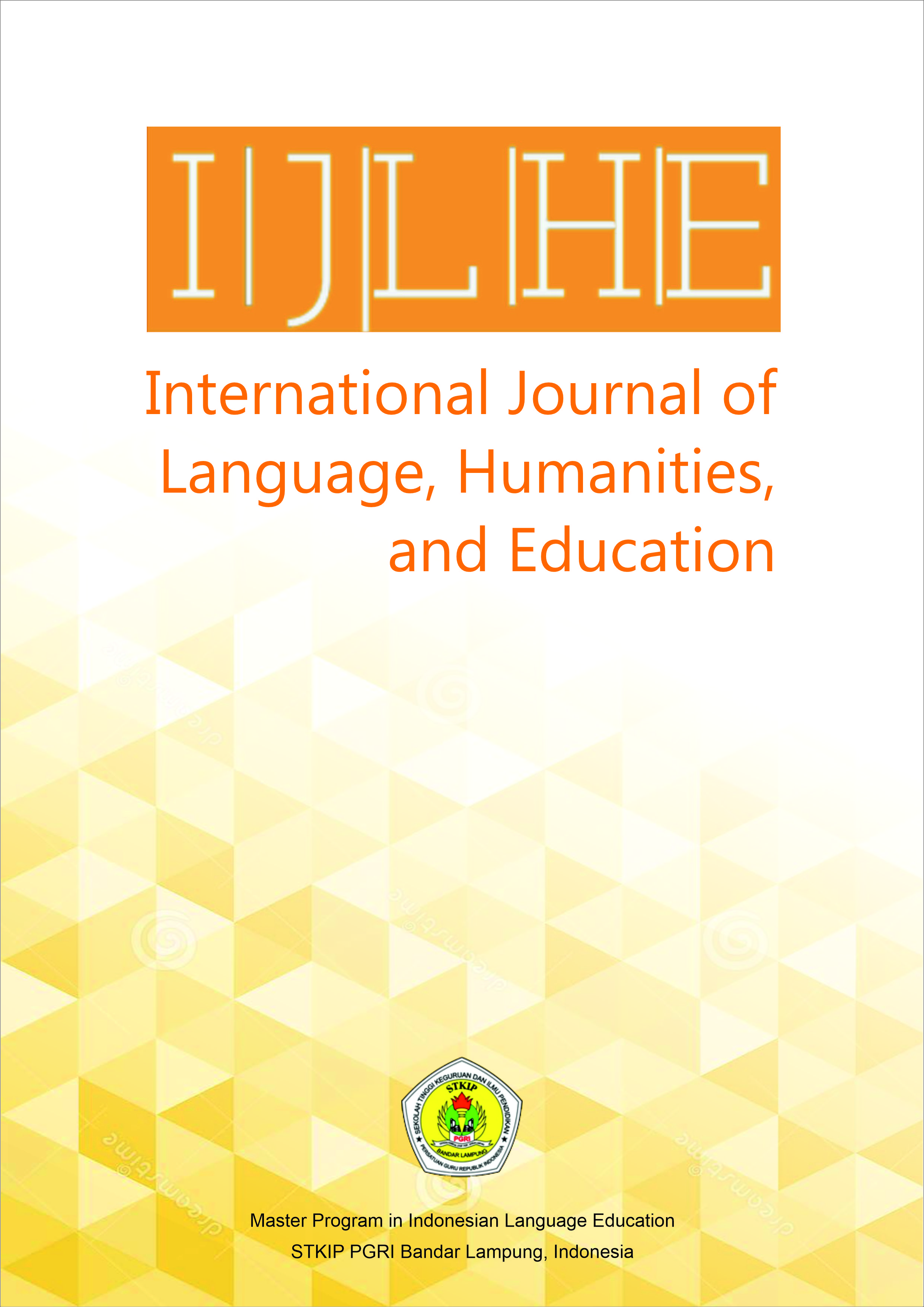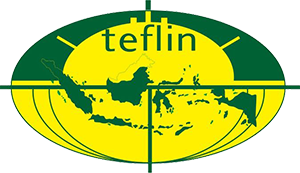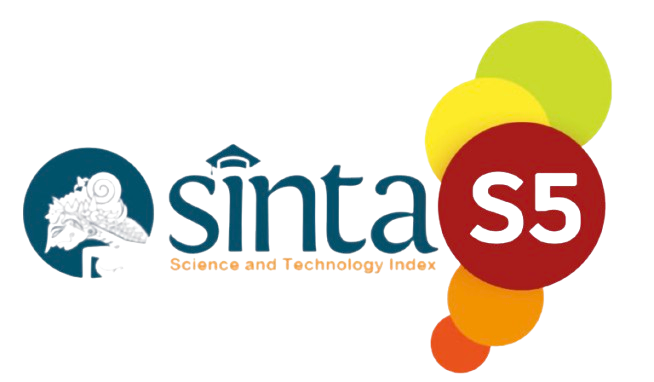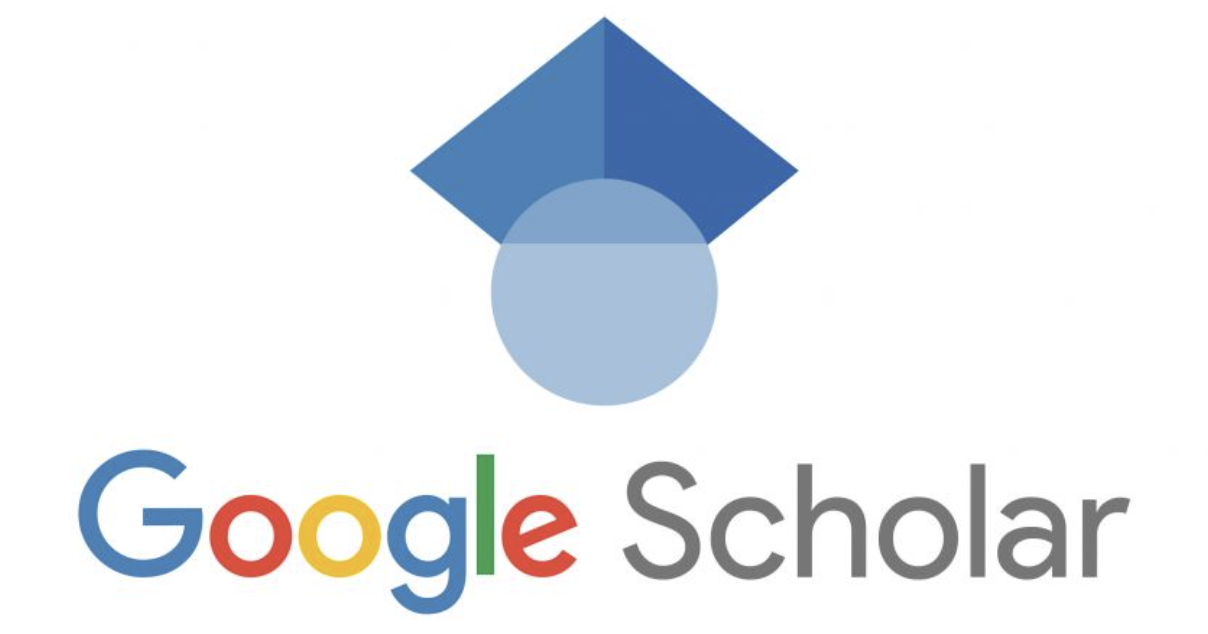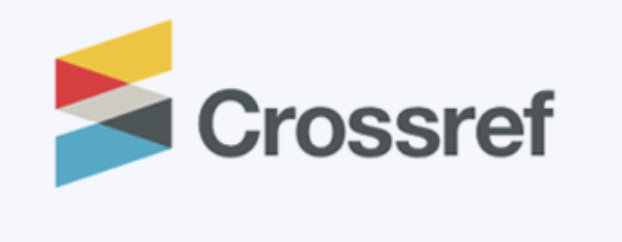Students’ Perception of Using YouTube Application in The Context of English Language Learning
DOI:
https://doi.org/10.52217/ijlhe.v8i1.1741Keywords:
English Language, Students' perception, YoutubeAbstract
This study explores university students' perceptions of YouTube as an English language learning medium. With digital platforms increasingly complementing traditional education, YouTube offers a flexible, accessible repository of content that enhances listening, speaking, vocabulary, and grammar skills. Employing a qualitative descriptive approach, semi-structured interviews were conducted with five students from the English Language Education Study Program at UIN Raden Intan Lampung State Islamic University. The collected data were analyzed using the Miles and Huberman model, revealing that students value YouTube for its interactive content and the opportunity to learn at their own pace through trusted channels such as BBC Learning English and TED Talks. Respondents reported that YouTube effectively supplements their learning especially in authentic conversational contexts and exam preparation while also noting challenges including inconsistent content quality, distracting advertisements, and difficulties in finding material suitable to their proficiency level. The findings suggest that integrating YouTube with traditional classroom instruction may enhance overall language proficiency, highlighting the need for further research on optimizing digital media use in language education
References
A Mbabi Turrión, B. D. (2022). The use of subtitles as a way to enhance oral skills in ESL.
Ajizah, R. U. N., & Putra, K. Z. (2022). Using The Problem Based Learning Model With Youtube Media to Improve Student’s Learning Interest. Tarbawi Ngabar: Jurnal of Education, 3(1), 77–98.
Al Rawashdeh, A. Z., Mohammed, E. Y., Al Arab, A. R., Alara, M., & Al-Rawashdeh, B. (2021). Advantages and disadvantages of using e-learning in university education: Analyzing students’ perspectives. Electronic Journal of E-Learning, 19(3), 107–117.
Alabi, T. O., Falode, O. C., Adebambo, M. R., & Abdulkareem, A. Y. (2020). The Utilization of YouTube Videos for Instructional Purposes. GPH-International Journal of Educational Research, 3(09), 01–12.
Albahlal, F. S. (2019). The Impact of YouTube on Improving Secondary School Studentsâ€TM Speaking Skills: English Language Teachersâ€TM Perspectives. Journal of Applied Linguistics and Language Research, 6(2), 1–17.
Almobarraz, A. (2018). Utilization of YouTube as an information resource to support university courses. The Electronic Library, 36(1), 71–81.
Alobaid, A. (2022). ICT Virtual Multimedia Learning Tools/Affordances: The Case of Narrow Listening to YouTube Multimedia-Based Comprehensible Input for the Development of ESL Learners’ Oral Fluency. In A. Hamdan, A. E. Hassanien, T. Mescon, & B. Alareeni (Eds.), Technologies, Artificial Intelligence and the Future of Learning Post-COVID-19 (pp. 501–551). Cham: Springer International Publishing.
Anugerah, R., Gatot, Y., Yuliana, S., & Riyanti, D. (2019). The Potential of English Learning Videos in Form of Vlog on Youtube for Elt Material Writers. Proceeding International Conference on Teaching and Education (ICoTE), 2(2).
Balakrishnan, V., & Gan, C. L. (2016). Students’ learning styles and their effects on the use of social media technology for learning. Telematics and Informatics, 33(3), 808–821.
Boté-Vericad, J.-J. (2025). Information-seeking and content creation: The impact of YouTube educational videos on learning practices in library and information science. Journal of Librarianship and Information Science, 09610006241309102.
Brame, C. J. (2017). Effective educational videos: Principles and guidelines for maximizing student learning from video content. CBE—Life Sciences Education.
Cakmak, M. C., Shaik, M., & Agarwal, N. (2024). Emotion assessment of youtube videos using color theory. Proceedings of the 2024 9th International Conference on Multimedia and Image Processing, 6–14.
Ertem, U., Özçakır, S., İrdesel, F. J., & Günay, S. M. (2022). YouTube as a source of information on piriformis syndrome exercises. Turkish Journal of Physical Medicine and Rehabilitation, 69(1), 15.
Fatimah, S. (2023). Lecturers’ Challenges on YouTube Video as Media in Learning and Teaching English: A Descriptive Research at STBA Persada Bunda Pekanbaru. International Conference on English Language and Teaching (ICOELT 2022), 112–117. Atlantis Press.
Fenika, M., Zakiatussoleha, Z., Khotimah, O., & Zid, M. (2024). Using YouTube to Increase Learning Motivation as a Resource for Learning Geography in the Digital Age. Jurnal Multidisiplin Indonesia, 3(5), 3996–4000.
Fitria, T. N. (2021). The use technology based on artificial intelligence in English teaching and learning. ELT Echo: The Journal of English Language Teaching in Foreign Language Context, 6(2), 213–223.
Fitrianto, I., & Saif, A. (2024). The role of virtual reality in enhancing Experiential Learning: A comparative study of traditional and immersive learning environments. International Journal of Post Axial: Futuristic Teaching and Learning, 97–110.
Gherheș, V., Stoian, C. E., Fărcașiu, M. A., & Stanici, M. (2021). E-learning vs. face-to-face learning: Analyzing students’ preferences and behaviors. Sustainability, 13(8), 4381.
Hia, M. (2021). The Effect of using Youtube on Students’ motivation in Learning English Vocabulary. Dialectical Literature and Educational Journal, 6(2), 62–71.
Huberman, A. M., & Miles, M. B. (1983). Drawing Valid Meaning from Qualitative Data: Some Techniques of Data Reduction and Display. Quality & Quantity, 17(4).
Jamleh, A., Aljohani, S. M., Alzamil, F. F., Aljuhayyim, S. M., Alsubaei, M. N., Alali, S. R., … Nassar, M. (2022). Assessment of the educational value of endodontic access cavity preparation YouTube video as a learning resource for students. PLoS One, 17(8), e0272765.
Jatmiko, A., Armita, N., Irwandani, I., Saputro, T., & Aridan, M. (2024). Development of Science Learning Videos with the Canva Application on Socioscientific Issues Content. E3S Web of Conferences, 482, 05004. EDP Sciences.
Jiménez, M. A. S., Ponce, P., & Vázquez-Cano, E. (2021). Youtube videos in the virtual flipped classroom model using brain signals and facial expressions. Future Internet, 13(9), 224.
June, S., Yaacob, A., & Kheng, Y. K. (2014). Assessing the use of YouTube videos and interactive activities as a critical thinking stimulator for tertiary students: An action research. International Education Studies, 7(8), 56–67.
Karadia, A. (2021). Content Analysis of Top View YouTube Videos on Open Educational Resources. Library Philosophy and Practice, 5474, 1–15.
Khasawneh, M. A. S. (2023). The Impact of Including an Interactive Educational Video on Enhancing Academic Achievement. Journal of Namibian Studies: History Politics Culture, 37, 150–176.
Koto, I. (2020). Teaching and Learning Science Using YouTube Videos and Discovery Learning in Primary School. Elementary School Forum (Mimbar Sekolah Dasar), 7(1), 106–118. ERIC.
Ly, N. M. C., Chu, T. D., Tran, T. H. A., & Pham, Q. A. (2024). Students’ Perception of Using YouTube to Learn English: A Case Study at Van Lang University. International Journal of TESOL & Education, 4(3), 20–45.
Ma, L. (2021). An Immersive Context Teaching Method for College English Based on Artificial Intelligence and Machine Learning in Virtual Reality Technology. Mobile Information Systems, 2021, 1–7.
Mawarni, E. W., Sulistyarini, S., Karolina, V., Ulfah, M., & Barella, Y. (2024). The Impact of YouTube as an Interactive Social Studies Learning Platform for 7th Grade Students at Junior High School. Edunesia: Jurnal Ilmiah Pendidikan, 5(3), 1371–1382.
Maziriri, E. T., Gapa, P., & Chuchu, T. (2020). Student perceptions towards the use of YouTube as an educational tool for learning and tutorials. International Journal of Instruction, 13(2), 119–138.
Meirbekov, A., Nyshanova, S., Meiirbekov, A., Kazykhankyzy, L., Burayeva, Z., & Abzhekenova, B. (2024). Digitisation of English language education: Instagram and TikTok online educational blogs and courses vs. traditional academic education. How to increase student motivation? Education and Information Technologies, 29(11), 13635–13662.
Ng, O.-L., & Park, M. (2021). Using an enhanced video-engagement innovation to support STEM teachers’ professional development in technology-based instruction. Educational Technology & Society, 24(4), 193–204.
Nurchurifiani, E., Maximilian, A., Ajeng, G. D., Wiratno, P., Hastomo, T., & Wicaksono, A. (2025). Leveraging AI-Powered Tools in Academic Writing and Research: Insights from English Faculty Members in Indonesia. International Journal of Information and Education Technology, 15(2), 312–322. https://doi.org/10.18178/ijiet.2025.15.2.2244
Nurhotimah, S., & Suryadi, S. (2023). Implementing The Field Trip Method With Youtube Media To Improve Description Text Writing Skills. Journal of Educational Sciences, 425–433.
Ogirima, O. A., Tolulope, J. J., & Temitope, S. J. (2021). Future Teachers’ Perception towards the Use of YouTube for Teaching-Learning Activities in Nigerian Basic Schools. Elementary School Forum (Mimbar Sekolah Dasar), 8(1), 81–95. ERIC.
Osmanoglu, A. (2016). Prospective teachers’ teaching experience: Teacher learning through the use of video. Educational Research, 58(1), 39–55.
Pires, F., Masanet, M.-J., Tomasena, J. M., & Scolari, C. A. (2022). Learning with YouTube: Beyond formal and informal through new actors, strategies and affordances. Convergence, 28(3), 838–853.
Pirker, J., & Dengel, A. (2021). The potential of 360 virtual reality videos and real VR for education—A literature review. IEEE Computer Graphics and Applications, 41(4), 76–89.
Prabhu, A. V., Horne, Z., Glaser, S., Rajagopalan, M., & Beriwal, S. (2017). YouTube as a source of patient information: Assessing quality of information in brachytherapy education videos. Brachytherapy, 16(3), S95.
Rinaldi, R. (2020). Youtube as Interactive Multimedia Learning Media in Increasing Learning Motivation. Proceedings of the Proceedings of the 1st International Conference on Applied Social Sciences, Business, and Humanity, ICo-ASCNITY, 2 November 2019, Padang, West Sumatra, Indonesia. Presented at the Proceedings of the 1st International Conference on Applied Social Sciences, Business, and Humanity, ICo-ASCNITY, 2 November 2019, Padang, West Sumatra, Indonesia, Padang, Indonesia. Padang, Indonesia: EAI.
Roodt, S., & Peier, D. (2013). Using YouTubecopyright in the classroom for the net generation of students. Proceedings of the Informing Science and Information Technology Education Conference, 473–488. Informing Science Institute.
Rozal, E., Ananda, R., Zb, A., Fauziddin, M., & Sulman, F. (2021). The effect of project-based learning through YouTube presentations on English learning outcomes in physics. AL-Ishlah: Jurnal Pendidikan, 13(3), 1924–1933.
Sablić, M., Mirosavljević, A., & Škugor, A. (2021). Video-Based Learning (VBL)—Past, Present and Future: An Overview of the Research Published from 2008 to 2019. Technology, Knowledge and Learning, 26(4), 1061–1077.
Sadaf, H., Rasheed, B., & Ahmad, A. (2024). Exploring the Role of YouTube Lectures, Vlogs, and Videos in Enhancing ESL Learning. Journal of Asian Development Studies, 13(2), 657–670.
Sajinčič, N., Sandak, A., Simmons, A., & Istenič, A. (2024). How do native and non-native speakers recognize emotions in the instructor’s voice in educational videos? Exploring the first step of the cognitive-affective model of e-learning for international learners. European Journal of Psychology of Education, 39(2), 979–998.
Shoufan, A., & Mohamed, F. (2022). YouTube and education: A scoping review. IEEE Access, 10, 125576–125599.
Singh, J., Steele, K., & Singh, L. (2021). Combining the Best of Online and Face-to-Face Learning: Hybrid and Blended Learning Approach for COVID-19, Post Vaccine, & Post-Pandemic World. Journal of Educational Technology Systems, 50(2), 140–171.
Siregar, J., Riniati, W. O., Aziz, F., Mahendika, D., & Abdullah, D. (2023). The Role of Pictures and Videos in the Learning Independence of Elementary School Students. Journal on Education, 5(4), 13558–13568.
Suciptaningsih, O. A., Pradana, I. M. P., & Haryati, T. (2023). Technology-based Learning and 21st-Century Skills for Primary School Students. KnE Social Sciences.
Syafiq, A. N., Rahmawati, A., Anwari, A., & Oktaviana, T. (2021). Increasing speaking skill through YouTube video as English learning material during online learning in pandemic covid-19. Elsya: Journal of English Language Studies, 3(1), 50–55.
Szeto, E., & Cheng, A. Y.-N. (2014). Exploring the Usage of ICT and YouTube for Teaching: A Study of Pre-service Teachers in Hong Kong. The Asia-Pacific Education Researcher, 23(1), 53–59.
Telaumbanua, Y., Saptopramono, H., & Yalmiadi, Y. (2022). “Youtube Go”: Developing EFL Learners’ Listening Skills and Social Learning Process. International Journal of English and Applied Linguistics (IJEAL), 2(1), 1–12.
Timmi, M., Laaouina, L., Jeghal, A., El Garouani, S., & Yahyaouy, A. (2024). Educational Video Recommender System. International Journal of Information and Education Technology, 14(3).
Trianisa, A., & Wahyuni, T. P. (2024). Effectiveness of Using YouTube Video-Based Science Learning Media on Class VIII Student Learning Outcomes. Science Journal Get Press, 1(1), 24–30.
Wang, H., & Chen, C. W. (2020). Learning English from YouTubers: English L2 learners’ self-regulated language learning on YouTube. Innovation in Language Learning and Teaching, 14(4), 333–346.
Weinert, T., Benner, D., Dickhaut, E., Janson, A., Schöbel, S., & Leimeister, J. M. (2024). Engaging Students through Interactive Learning Videos in Higher Education: Developing a Creation Process and Design Patterns for Interactive Learning Videos. Communications of the Association for Information Systems, 55(1), 16.
Zahn, C., Schaeffeler, N., Giel, K. E., Wessel, D., Thiel, A., Zipfel, S., & Hesse, F. W. (2014). Video clips for YouTube: Collaborative video creation as an educational concept for knowledge acquisition and attitude change related to obesity stigmatization. Education and Information Technologies, 19(3), 603–621.
Zaidi, A., Awaludin, F. A., Karim, R. A., Ghani, N. F. C., Rani, M. S. A., & Ibrahim, N. (2018). University students’ perceptions of YouTube usage in (ESL) classrooms. International Journal of Academic Research in Business and Social Sciences, 8(1), 541–553.
Zhang, Z., Li, H., & Zhou, J. (2023). Teaching with social context in instructional video facilitates second language vocabulary learning. Heliyon, 9(3).
Zhou, Q., Lee, C. S., Sin, S.-C. J., Lin, S., Hu, H., & Fahmi Firdaus Bin Ismail, M. (2020). Understanding the use of YouTube as a learning resource: A social cognitive perspective. Aslib Journal of Information Management, 72(3), 339–359.
Zulianti, H., Hastuti, H., Nurchurifiani, E., Hastomo, T., Maximilian, A., & Ajeng, G. D. (2024). Enhancing Novice EFL Teachers’ Competency in AI-Powered Tools Through a TPACK-Based Professional Development Program. World Journal of English Language, 15(3), 117. https://doi.org/10.5430/wjel.v15n3p117
Zulkflee, Z., Azmi, N. N., Sheikh, S. S., Kamaruzaman, J. P., Saputra, S., & Maniam, M. (2022). Students’ perceptions in using YouTube to improve their speaking skill: A cross-national study of Malaysia and Indonesia. International Journal of Academic Research in Business and Social Sciences, 12(10), 3240–3260.

